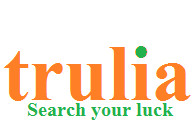Crown Jewel: The jewel in the crown I Tower of London crown jewels
What are the CROWN JEWELS?
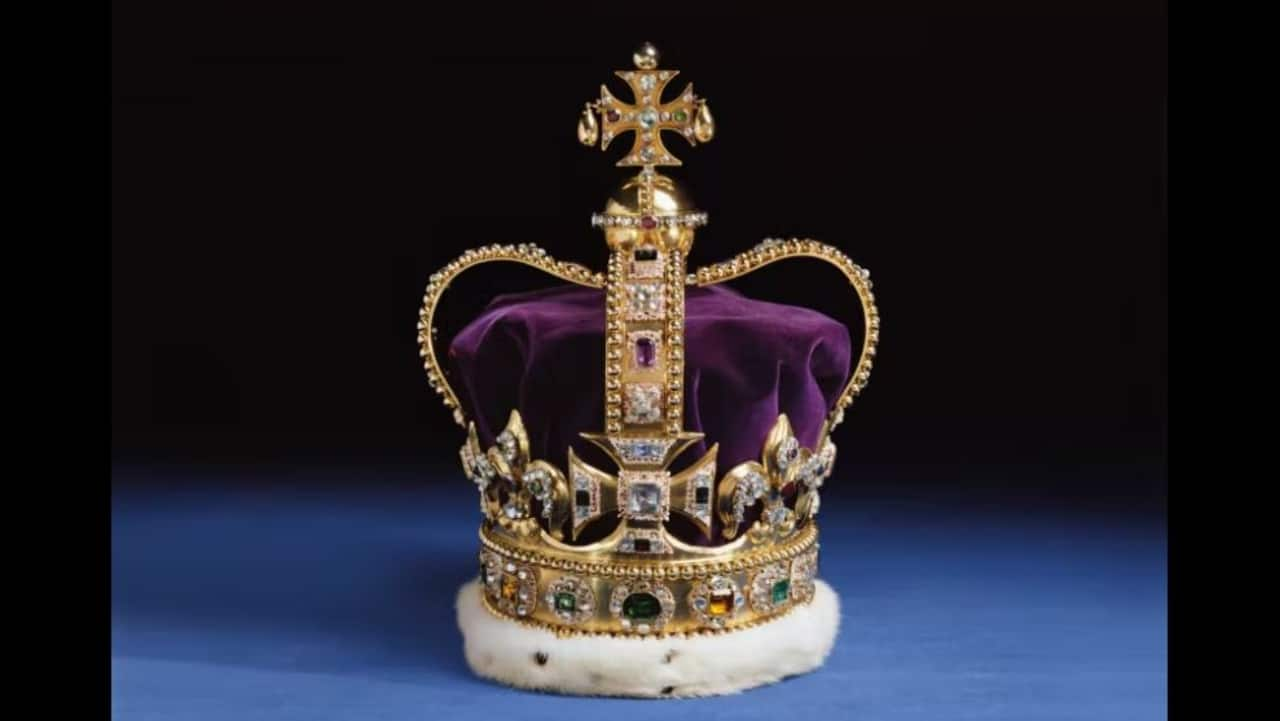
(Image credit: Historic Royal Palaces)
The nation’s most valuable treasures, the Crown Jewels, are its most prized possessions. The Crown Jewels include more than 100 items and 23,000 gems. They are of unimaginable historical, cultural, and symbolic value. They are part the Royal Collection and are held in trust by King George V for the nation.
Tower of London has been protecting the Crown Jewels since the 1600s.
THE CORONATION REGALIA
The Coronation Regalia, the sacred objects used in the coronation ceremony, is the core of the Crown Jewels Collection. These objects are unique and represent the powers of the monarch.
The Coronation Regalia was most recently used in 1953 at the Coronation of Queen Elizabeth II.
ST EDWARD’S ROWN, 1661
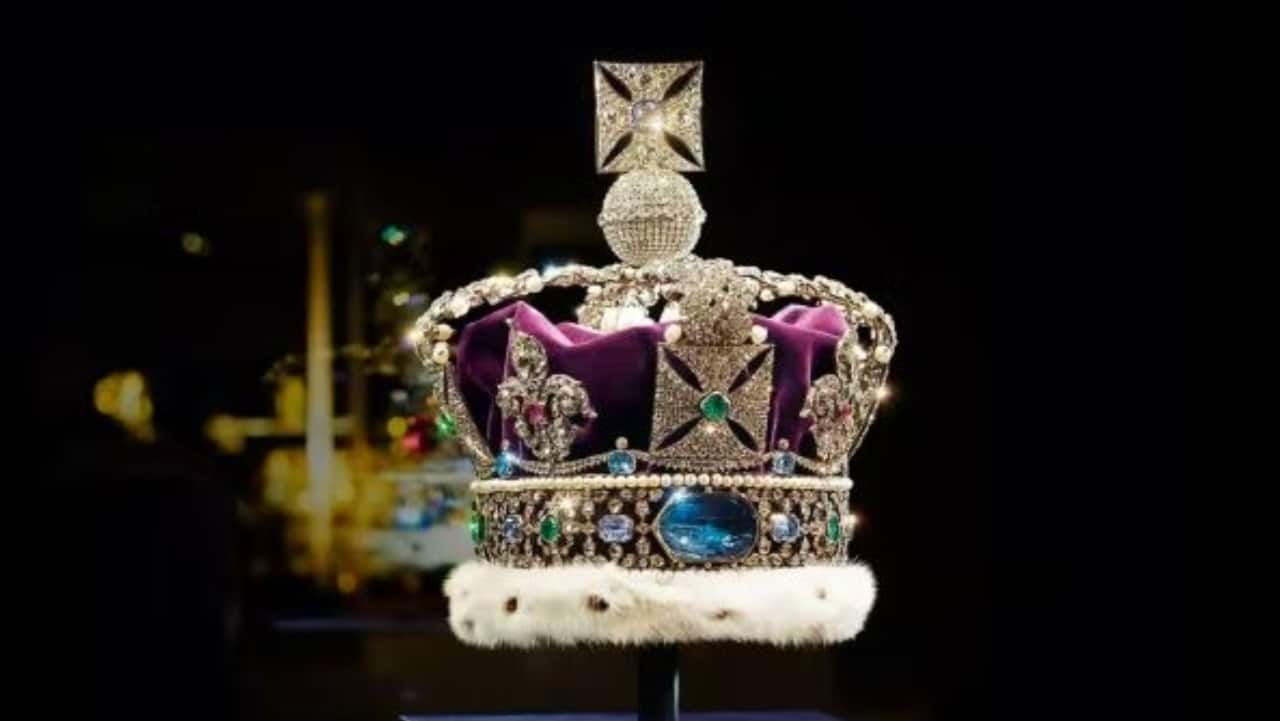
(Image credit: Historic Royal Palaces)
The most sacred and important crown of all is St Edward’s Crown. It is used only at crowning.
FACTS KEY
- This magnificent solid gold frame is nearly 5 lbs in weight and weighs 2.23 kg (nearly 5 lbs). It’s adorned with semiprecious stones.
- St Edward’s Crown was created for Charles II’s coronation to replace the medieval crown that had been melted by parliamentarians after the execution King Charles II.
- The 11th-century royal saint King Edward the Confessor claimed to have owned the medieval crown that was lost.
- In 1953, Elizabeth II was crowning St Edward’s Crown.
THE IMPERIAL STATE ROWN, 1937
The Imperial State Crown, also known as the Imperial Crown, is the crown the monarch wears when they leave Westminster Abbey following the coronation. It can also be used for other State occasions, such as the annual State Opening of Parliament.
FACTS KEY
- The crown is made from gold and includes 2,868 diamonds and 17 sapphires. There are also 269 pearls and 4 rubies.
- Some of the most recognizable jewels in the collection are found in the crown. These include the Black Prince’s Ruby, Stuart Sapphire, and Cullinan II diamond.
- The topmost cross contains St Edward’s Sapphire. It is believed that St Edward the Confessor wore it in a ring and found it in his tomb in 1163.
- The Coronation of King George VI was marked by the creation of the Imperial State Crown. It replaced the 1838 crown for Queen Victoria.
THE SOVEREIGN’S SCEPTRE WITH A CROSS, 1661
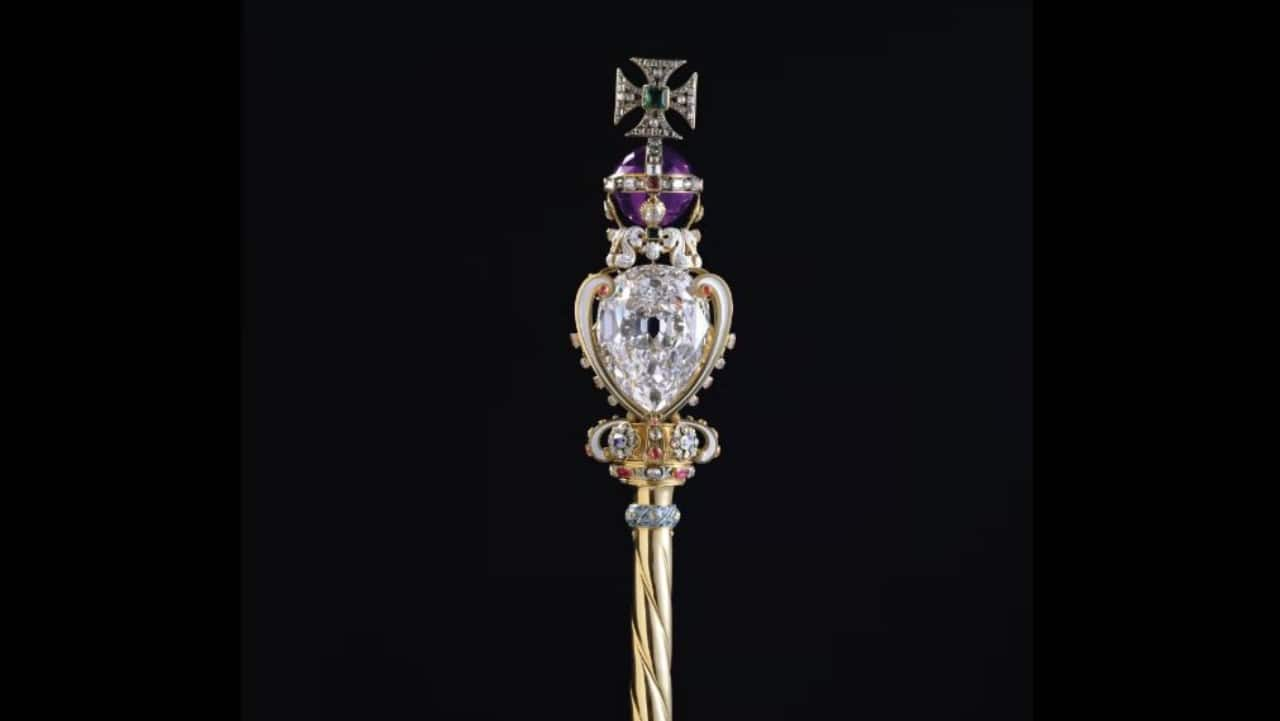
Since Charles II’s coronation in 1661, the Sovereign’s Sceptre with Cross was used at every coronation. In 1910, George V added the Cullinan II diamond to it. It is the world’s largest colourless-cut diamond at 530.2 carats.
In modern-day South Africa, the Cullinan diamond was discovered in 1905. Frederick Wells, the mine’s surface manager, noticed a bright object in the mine wall on 26 January 1905. Wells was a great collector of a huge diamond. It was named after Sir Thomas Cullinan, the chairman of the mine.
KEY FACTS
- The Cullinan diamond is the largest uncut gem-quality, gemstone-quality diamond at 3106 carats.
- The replica stone was sent via ship to the London office of the mining company. However, the insured stone was sent by regular parcel post. Both arrived safely.
- The stone was purchased by the Transvaal government and given to King Edward VII. This gift symbolized the healing relationship between Britain, South Africa after the South African Wars (sometimes called The Anglo-Boer Wars), 1899-1902.
- This huge, uncut stone was used to make nine major stones and 96 smaller brillants.
- Three polishers worked 14-hour days and took 8 months to finish the nine largest stones.
- Cullinan I was named the largest stone, while Cullinan II was the second. They are placed in the Sovereign’s Sceptre with Cross (1661) and the front band for the Imperial State Crown (1937).
SOVEREIGN’S ORB, 1661
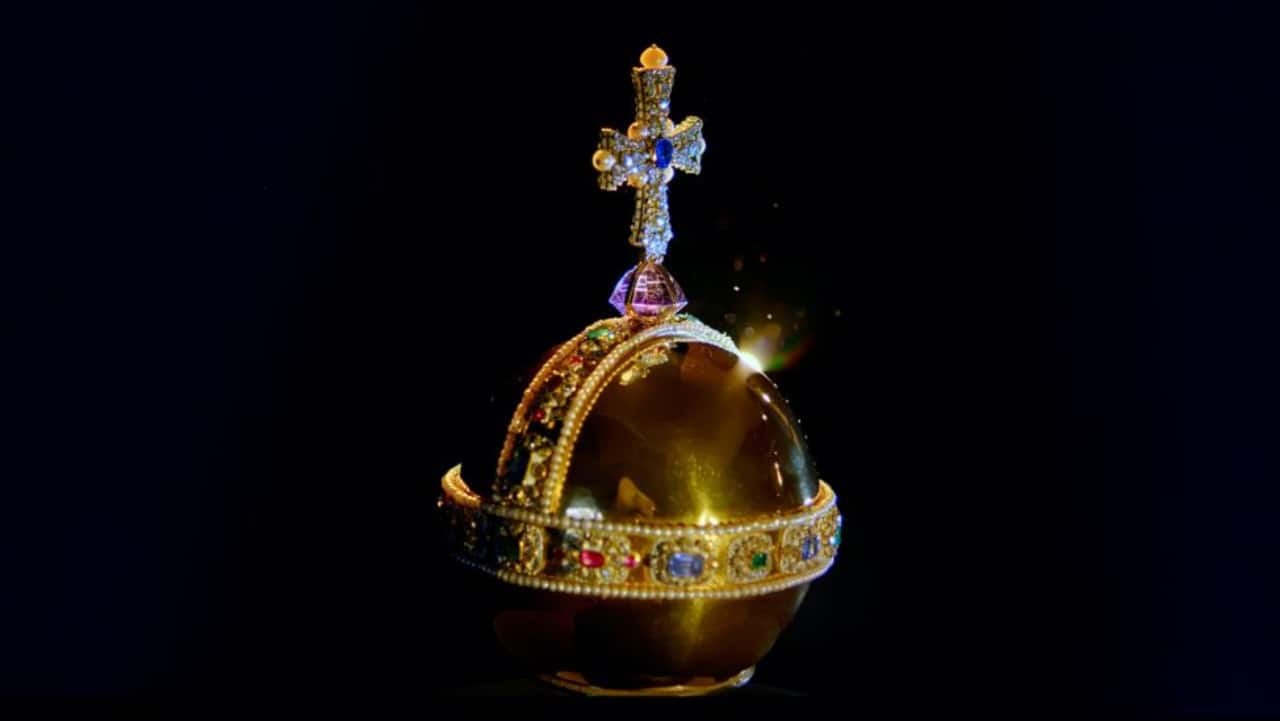
(Image credit: Historic Royal Palaces)
The coronation is when the monarch is presented objects that represent their powers and responsibilities. This is known as the investiture. The Sovereign’s Orb is a golden globe topped by a cross. It reminds the monarch of God’s power.
In 1689 Queen Mary I was made joint sovereign with King William III. Mary II, joint monarch, needed her own regalia to coronate with King William III.
THE KOH-I-NUR
One of the most well-known diamonds is the Koh-i-Nur. The diamond is thought to have come from central southern India’s Golconda Mines. It has a turbulent past. The Koh-i-Nur, a symbol of conquest and a symbol of power, has been owned by many people, including Shahs of Iran, Mughal Emperors, Shahs from Iran, Emirs in Afghanistan, and Sikh Maharajas.
As a condition of 1849’s Treaty of Lahore, the East India Company bought the jewel from Maharaja Duleep Sing, a ten-year old deposed Maharaja Duleep Singh. This was the end of Anglo-Sikh Wars that raged in Punjab, which is now part of northern India and eastern Pakistan. The Treaty required that the jewel be given to Queen Victoria.
The Koh-i-Nur Diamond weighs 105.6 Carats. The original size was much greater, but it was recut in 1852 to increase its brilliance. Contrary legends claim that the diamond is lucky or unlucky. Recent tradition has it that the diamond would bring bad luck if worn by men. The Koh-i-Nur has been placed in the Crown of Queen Elizabeth, Queen Mother, 1937.
THE CORONATION SPOON
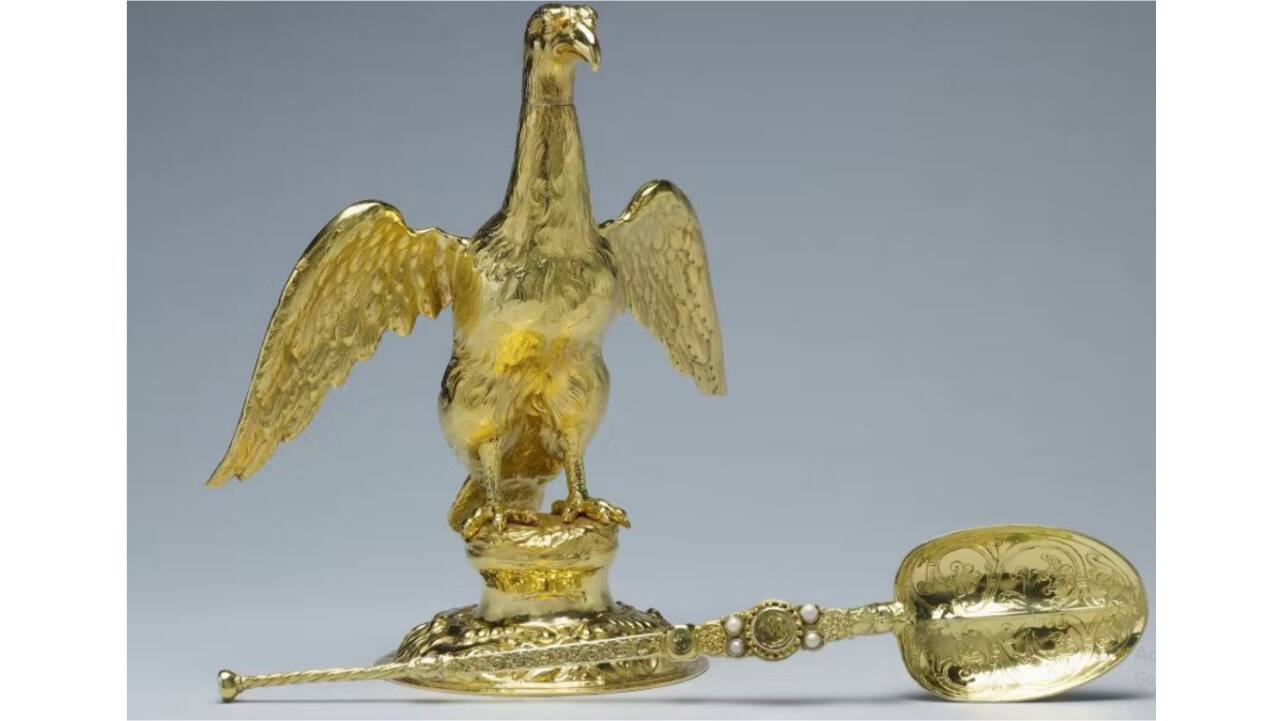
(Image credit: Historic Royal Palaces)
The twelfth century Coronation Spoon is one of the oldest items in the Crown Jewels. It is used to anoint the sovereign with holy oils, which is the most sacred part in the coronation ceremony.
Clement Kynnersley bought the Coronation Spoon, which survived Parliament’s destruction in 1649 of the Crown Jewels. Kynnersley was an official in the royal wardrobe of Charles II and was one the commissioners that organized the sale of the king’s items. In 1660, Kynnersley gave Charles II the Coronation Spoon. He was no doubt trying to win royal favor.
WHERE ARE THE CROWN JAWLS KEPT?
The Jewel House at Tower of London is where the Crown Jewels are kept safe by armed guard.
WHY ARE THE CROWN JAWLS KEPT AT LONDON’S TOWER?
The Coronation Regalia, which were originally kept at Westminster Abbey until 1649, was transferred to the Royal Court. In 1649, King Charles I was executed during the English Civil War. Parliament decided to sell the king’s property. This was an early act in the republic. Oliver Cromwell would be made Lord Protector in 1653.
The Coronation Regalia was not to be ruled out by Parliament. They wanted to end the monarchy and could not risk sacred regalia falling into the wrong hands. They were taken to the Tower of London, where they were destroyed. They were sold, and the gold frames were melted in the Tower Mint. These were then turned into coins with the inscription ‘Commonwealth of England.
Charles II, the coroner of Charles II in 1661, ordered new regalia to be worn for his coronation. These items still account for a significant portion of the Crown Jewels Collection, which is protected by the Tower of London.
THOMAS BLOOD’S TAKEN OF THE CROWN JWELS
Colonel Thomas Blood tried to steal the Crown Jewels in 1671. Blood was a soldier and spy as well as an adventurer. He had previously fought in the English Civil War for the King, but later became involved with various plots, including the attempt to seize Dublin Castle.
Colonel Blood and his associates tricked Talbot Edwards (the aging Jewel House Keeper) into showing them the Crown Jewels on the morning of May 9th 1671. The Crown Jewels could be handled by you for a fee, as security was not very strict at that time.
Edwards was brutally attacked by the men who seized the Orb and the Imperial State Crown as well as the Sceptre and Cross of the Sovereign. The men fled in panic after Edwards’ son returned home unexpectedly. His daughter raised the alarm and the men ran to their horses. They exchanged fire with guards and were finally captured.
Amazingly, Blood escaped punishment. Blood convinced King Charles II that he deserved another chance after being allowed to speak with him. Blood was pardoned for his past crimes and was granted a grant of Irish land worth £500 per year. This is undoubtedly one of the most significant events in the history the Crown Jewels.
